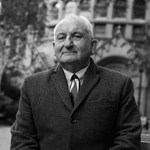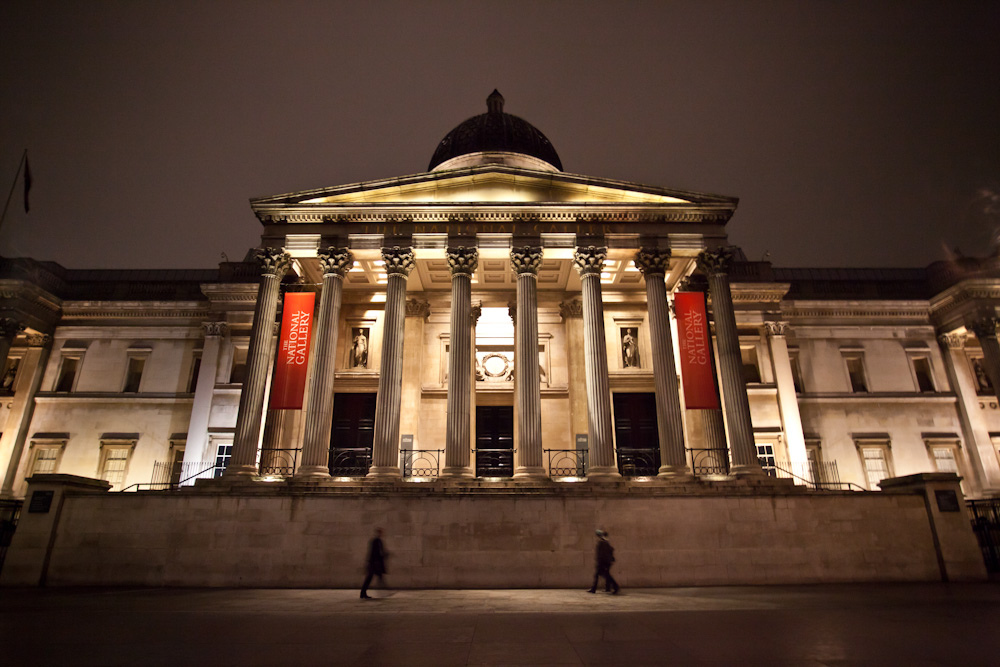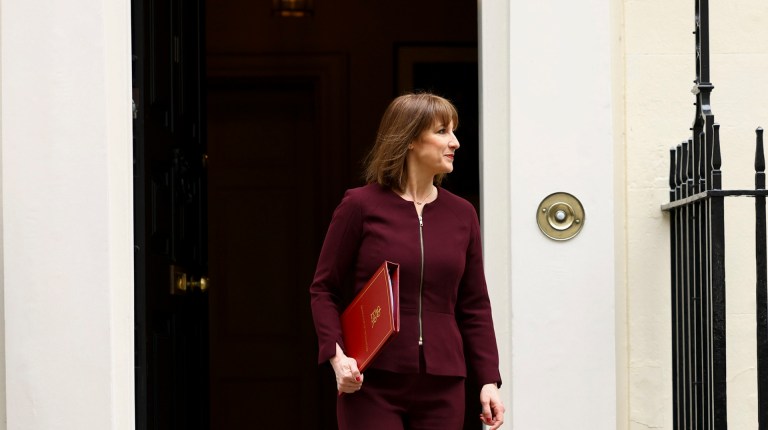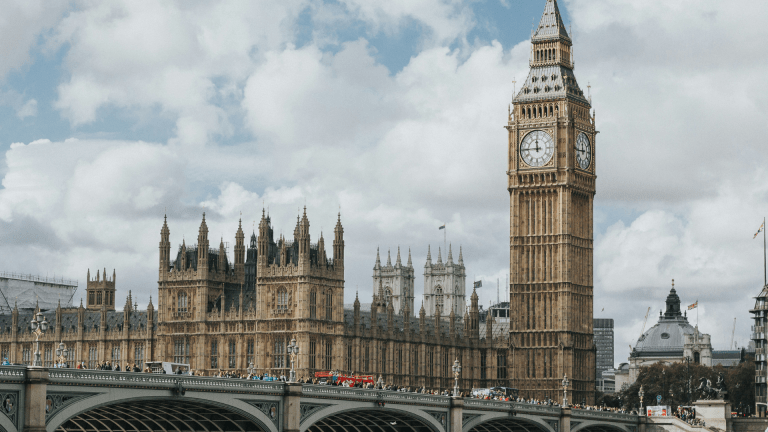So there I was using the National Gallery in a way it was intended for, whereas previously I had used it as a place of refuge from the streets I slept in, and where you could use the men’s room.
A few weeks ago I visited an exhibition of Gauguin’s portraits at the Gallery. What a surprise to see such a group of works, with Gauguin not necessarily famous for his portraits. The place was packed. I withdrew and went for lunch. It was a Saturday and I only got a cursory look at the show. As a member of the National Gallery, a Friend who coughs up yearly, I can come and go. And it is well worth it. I can take a guest and traipse round, but I prefer quieter moments. Post-Christmas I’ll find a quiet early morning when it’s just me and a few security staff and the paintings.
I owe my early love and recognition of Gauguin and art itself to a Mr M who drove a tractor at my reformatory and who gave me a book about Gauguin and van Gogh to read. Mr M was affectionately known as ‘Mr Itchy Arse’ because of his tendency to keep scratching what my dad impolitely called one’s ‘dirt box’. But despite any physical limitations he had, he was a great inspirer of love for art – and cricket, which left
me flat.
We had many discussions while he taught me how to drive so that I could drain and take away all the buckets of farmyard sludge that passed through a medieval conduit from the neighbouring farm into the reformatory vegetable garden.
Gauguin has grown into a vast and expensive artist along with the other masters of what they call the Post-Impressionists
It was he who got me fired up about Gauguin running away as a heavily married-with-many-children banker to become a painter. There are paintings in the show that show this straight-laced bourgeois with his middle-class family. And then not too soon after he assembled himself in the eccentric clothes of a bohemian painter. From one uniform to another in double quick time.
Mr M particularly loved this side of Gauguin: throwing all that security up to become a financially insecure painter who at times had to become an ‘affiche’, a poster sticker in Paris. At times he had no money, and disastrously he took up an offer to go south and live with van Gogh in Arles in Provence.
A bad social time for Gauguin who fought with Vincent and split when Vincent cut off his ear to donate to a young woman in a brothel.
All of this is big art history and filmic stuff now. But Gauguin wanted to paint and not be some romantic bit player in van Gogh’s tempestuous life, finally ending up embracing the so-called primitive art of the French colony of Tahiti. Where his Europeanisms mixed with the folk art of the South Seas and created some of the great works of the late 19th and early 20th centuries. Gauguin has grown into a vast and expensive artist along with the other masters of what they call the Post-Impressionists. Dominated by van Gogh and Paul Cézanne, this group of painters ranks high when any truly wealthy person wants to swank it by creating a museum or celebrating their instant culture.
Which obviously is a pity in many ways. Transferring so much of contemporary wealth into works of art is a sure recipe for social collapse.
But at least we have the NatGall and other such places, started in fact from a rich man’s collection back in the 1820s. Mr Angerstein, a wealthy philanthropist, got the ball rolling by donating his collection to the setting up of a National Collection.
So collectors and wealth need not always be a poisonous concoction. I shall visit the Gauguin exhibition again and must always thank ‘Mr Itchy Arse’ for my introduction to this master.
John Bird is the founder and Editor in Chief of The Big Issue











